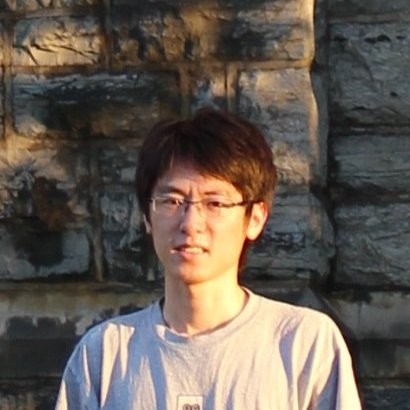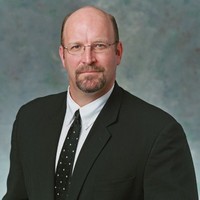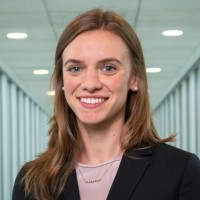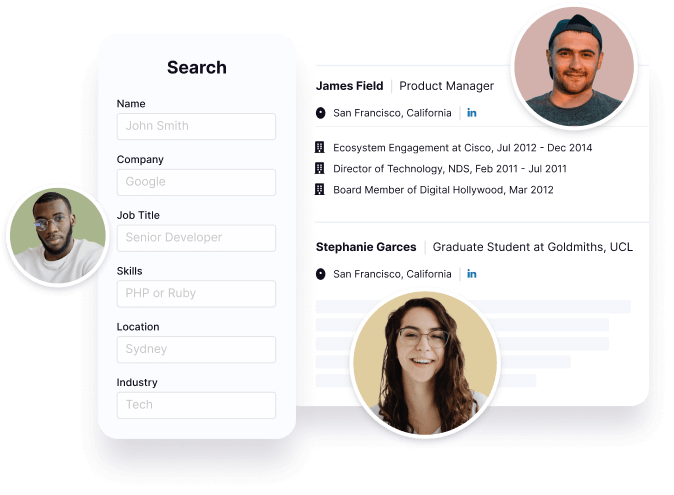Michael Edwards's Email & Phone Number
Principal Software Architect / DevOps Engineer at BitPusher, LLC
Michael Edwards Email Addresses
Michael Edwards's Work Experience

BitPusher, LLC
Principal Software Architect / DevOps Engineer
August 2018 to April 2022



Tensyr Inc.
Software Engineer
April 2017 to June 2017

Metamarkets
Principal Software Engineer
July 2016 to January 2017





Cisco Systems
Software Technical Lead
February 2010 to August 2011


Plantronics, Inc.
Consulting Software Developer
December 2006 to May 2007

Mistletoe Technologies
Member of Technical Staff
April 2006 to December 2006


Symbol Technologies
Senior Software Engineer
January 2004 to July 2005

SANE.net
Principal
April 1998 to December 2003

Sony Electronics
Staff Engineer
October 1999 to August 2001

HAL Computer Systems
Senior Systems Administrator
May 1997 to April 1999

Applied Materials
Network Administrator / SGI Specialist
August 1996 to March 1997

Intelligent Vision Systems, Inc.
Chief Designer and Senior Project Manager
June 1992 to October 1993
Show more
Show less
Frequently Asked Questions about Michael Edwards
What is Michael K Edwards email address?
Email Michael K Edwards at [email protected], [email protected] and [email protected]. This email is the most updated Michael K Edwards's email found in 2024.
What is Michael K Edwards phone number?
Michael K Edwards phone number is +.+1.415-346-6448, 831 459-9504 and +1.8314236236.
How to contact Michael K Edwards?
To contact Michael K Edwards send an email to [email protected], [email protected] or [email protected]. If you want to call Michael K Edwards try calling on +.+1.415-346-6448, 831 459-9504 and +1.8314236236.
What company does Michael Edwards work for?
Michael Edwards works for BitPusher, LLC
What is Michael Edwards's role at BitPusher, LLC?
Michael Edwards is Principal Software Architect / DevOps Engineer
What industry does Michael Edwards work in?
Michael Edwards works in the Computer Software industry.
Michael Edwards's Professional Skills Radar Chart
Based on our findings, Michael Edwards is ...
What's on Michael Edwards's mind?
Based on our findings, Michael Edwards is ...
Michael Edwards's Estimated Salary Range
Michael Edwards Email Addresses
Find emails and phone numbers for 300M professionals.
Search by name, job titles, seniority, skills, location, company name, industry, company size, revenue, and other 20+ data points to reach the right people you need. Get triple-verified contact details in one-click.In a nutshell
Michael Edwards's Ranking
Ranked #1,293 out of 25,860 for Principal Software Architect / DevOps Engineer in California
Michael Edwards's Personality Type
Introversion (I), Sensing (S), Thinking (T), Perceiving (P)
Average Tenure
2 year(s), 0 month(s)
Michael Edwards's Willingness to Change Jobs
Unlikely
Likely
Open to opportunity?
There's 93% chance that Michael Edwards is seeking for new opportunities





























Michael Edwards's Social Media Links
/in/michael-k-edwards-9121aa1